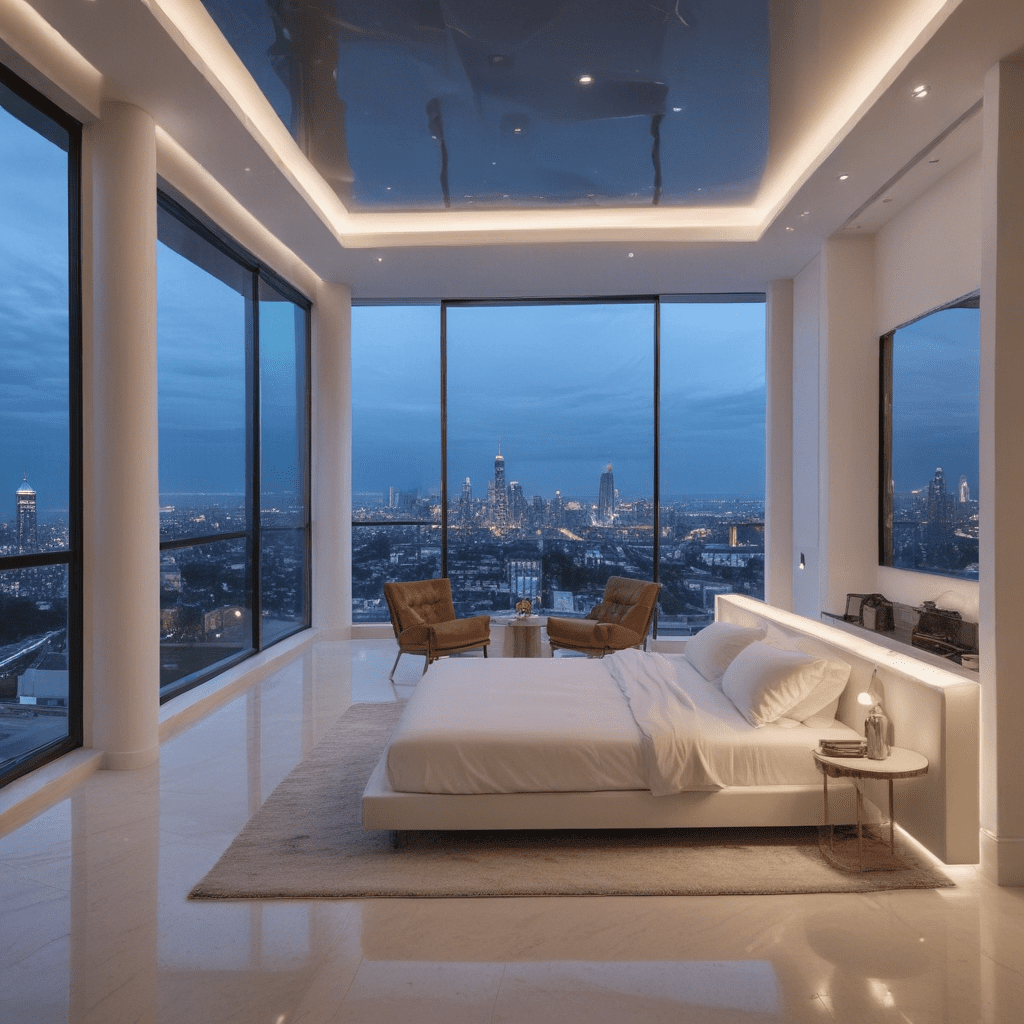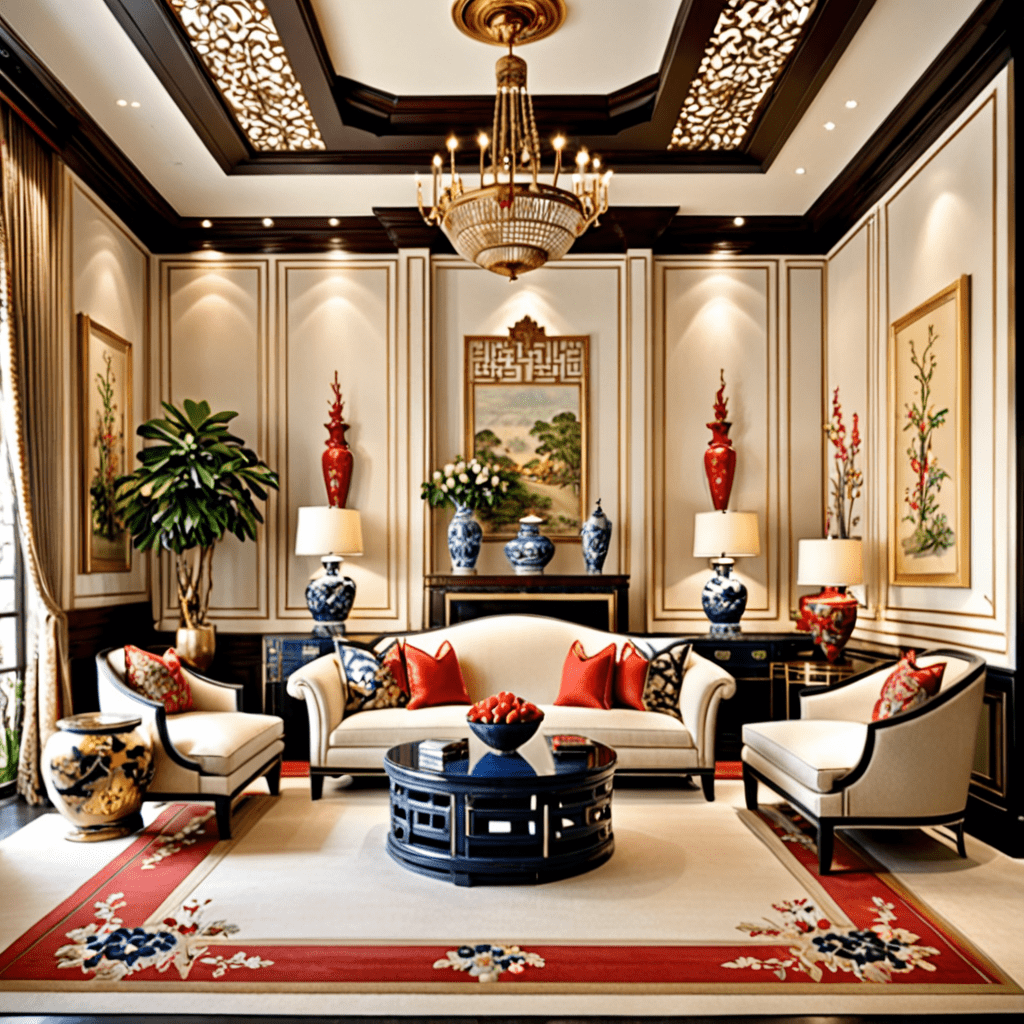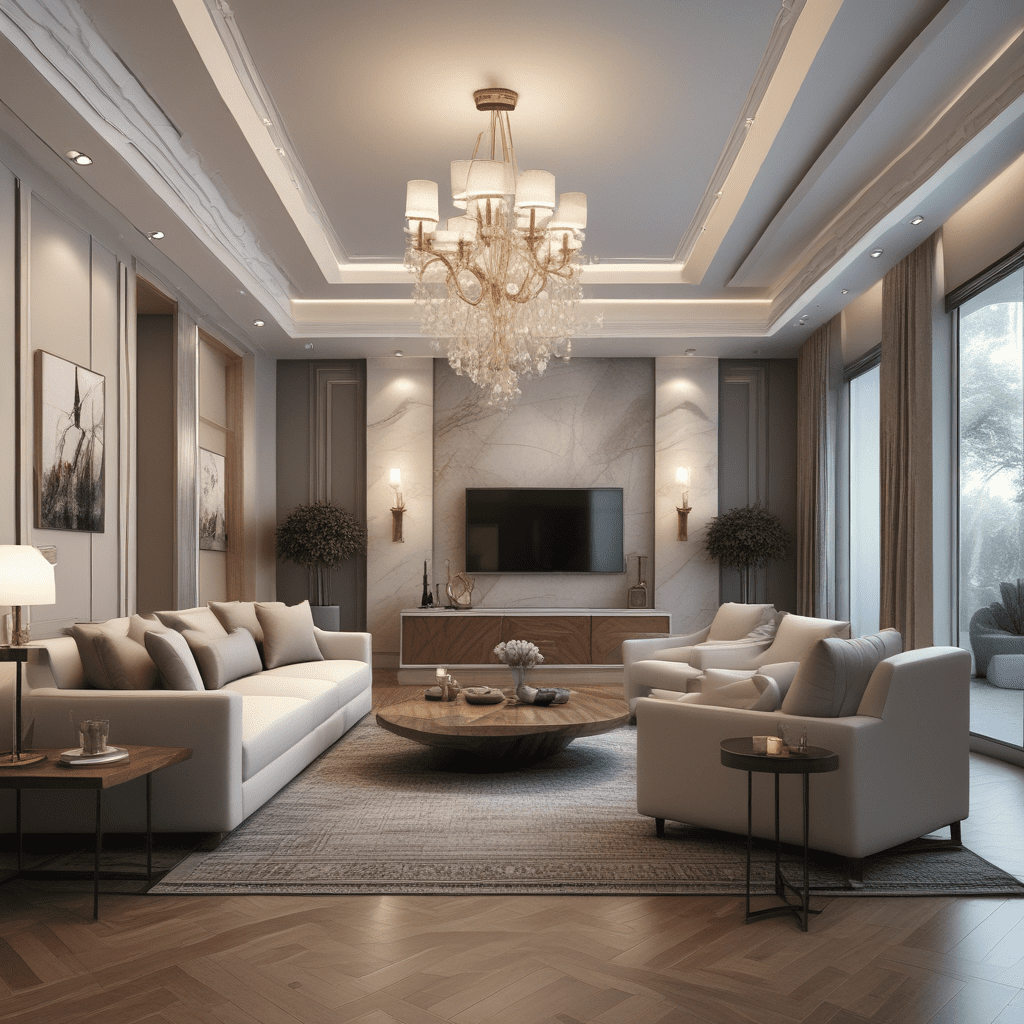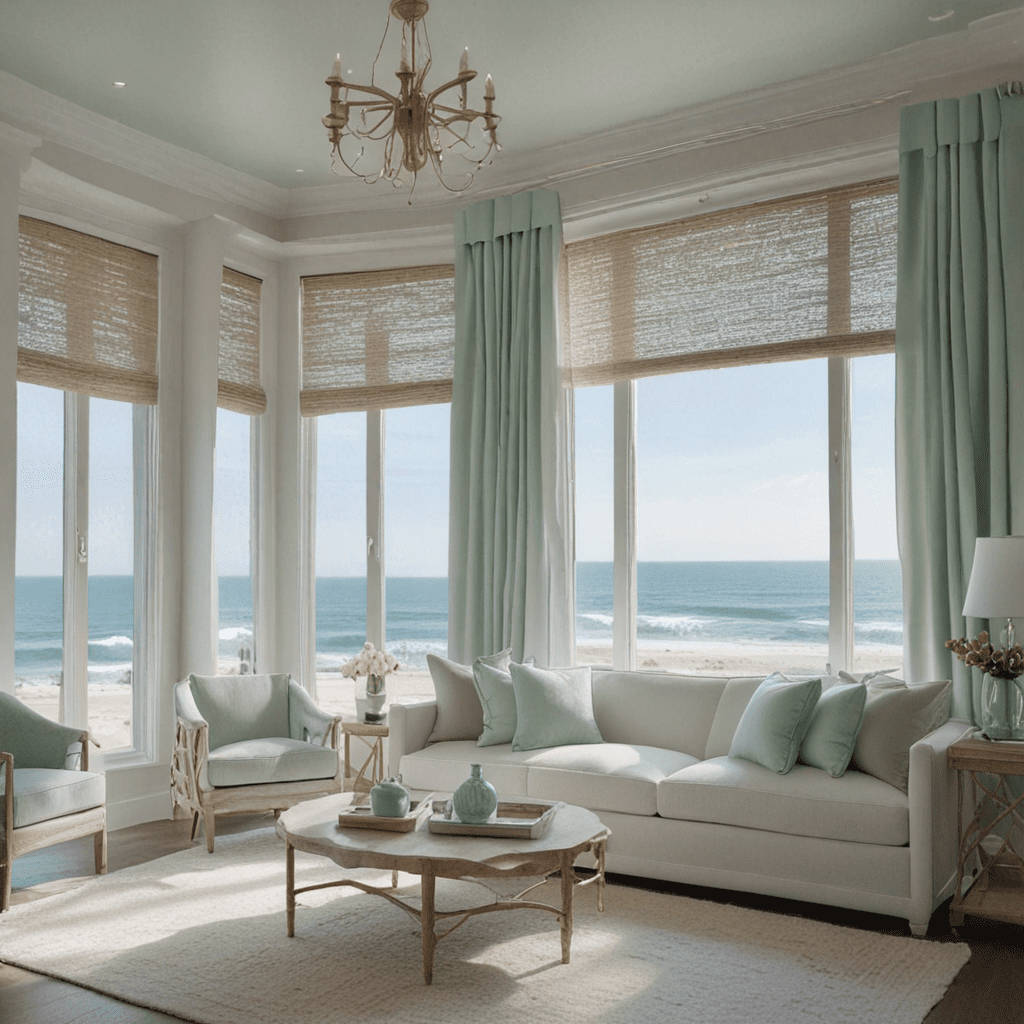Contrasting Elements in Interior Design: The Art of Opposition


Contrasting Elements in Interior Design: The Art of Opposition
In the world of interior design, the harmonious blending of colors, textures, and styles is often the goal. However, sometimes it is the contrasting elements that can truly make a space come alive. Opposing elements can create visual interest, add depth, and evoke an emotional response. In this article, we will explore the concept of opposition in interior design and how it can be effectively incorporated to create a captivating and dynamic space.
1. Mixing Modern and Traditional Styles
One way to utilize opposition in interior design is by mixing modern and traditional styles. By combining sleek, minimalist elements with classic and ornate details, you can create a visually captivating space that showcases the best of both worlds. For example, pairing a contemporary sofa with a vintage chandelier can create an intriguing juxtaposition that adds character and charm to your living room.
2. Contrasting Colors and Textures
Colors and textures play a vital role in creating a cohesive interior design. However, embracing the power of opposition allows you to step out of your comfort zone and create a truly unique space. Consider pairing a bold and vibrant color with a neutral tone to create a striking contrast. Similarly, combining smooth and rough textures can add visual interest and tactile appeal. For instance, a fluffy rug against a polished concrete floor can create a captivating contrast that adds depth and dimension to a room.
3. Balancing Light and Dark
Opposition in interior design can also be achieved by balancing light and dark elements. Playing with light and shadow can create a dramatic effect and highlight specific features in a room. Consider using a combination of light and dark-colored furniture, as well as strategic lighting placement, to create an intriguing interplay between brightness and darkness.
4. Mixing Patterns and Scale
Integrating patterns and playing with scale can be an effective way to incorporate opposition in interior design. Combining intricate patterns with bold prints can create a dynamic and visually appealing space. Additionally, juxtaposing different scales, such as pairing oversized furniture with delicate accessories, can create an interesting contrast that adds visual excitement to a room.
5. Blending Natural and Industrial Elements
Another way to embrace opposition in interior design is by blending natural and industrial elements. This combination creates a unique aesthetic that merges the beauty of nature with the edginess of industrial design. For example, incorporating live plants into a space with exposed brick walls and metal accents can create a captivating juxtaposition that draws the eye.
6. Embracing Open and Closed Spaces
Opposition in interior design is not limited to aesthetics; it can also encompass spatial design. Incorporating open and closed spaces within a room can create a sense of balance and intrigue. Breaking up a room with dividers or utilizing furniture arrangements to create distinct areas can add depth and functionality to a space.
FAQ
Q: How can I successfully incorporate opposition in my interior design?
A: To effectively incorporate opposition in your interior design, start by identifying the elements you want to contrast, such as styles, colors, textures, or spatial design. Then, carefully select complementary pieces that create a harmonious balance while still providing a visual impact.
Q: Are there any rules I need to follow when using opposition in interior design?
A: While there are no strict rules to follow, it’s essential to maintain a sense of cohesiveness within the space. Focus on finding common threads or elements that tie the contrasting elements together, such as color accents or complementary materials.
Q: Can opposition in interior design work in small spaces?
A: Absolutely! Even in small spaces, incorporating opposition can add visual interest and depth. Consider using contrasting colors, textures, or patterns to create a dynamic and visually captivating environment.
Q: How do I avoid creating a chaotic or overwhelming space when using opposition in interior design?
A: Balance is key. Select a focal point or primary element in the space and allow the contrasting elements to enhance and complement it. Additionally, consider using a neutral backdrop or incorporating a unifying element to ensure cohesiveness.
Q: Can opposition be used in any style of interior design?
A: Yes, opposition can be incorporated into any style of interior design. Whether your aesthetic leans towards modern, traditional, eclectic, or minimalist, contrasting elements can add depth and visual interest to your space.
Q: Are there any potential pitfalls when using opposition in interior design?
A: One potential pitfall is overdoing it. While opposition can be captivating, using too many contrasting elements or creating an overly busy space can diminish the overall impact. Exercise restraint and balance to maintain a harmonious and visually pleasing interior design.
In conclusion, embracing opposition in interior design allows for the creation of captivating and dynamic spaces. By effectively blending contrasting elements, such as styles, colors, textures, and spatial design, you can add visual interest, depth, and emotional impact to your home. Whether you choose to mix modern and traditional styles, play with colors and textures, or blend natural and industrial elements, opposition can breathe life into any space and make it truly unique.





